Are you a traveler or a lover of caves? Did you know that caves have always fascinated explorers, but some are far from safe? While these amazing natural wonders are known for their stunning formations and secretive allure, certain caves come with extreme risks due to unpredictable conditions, environmental hazards, and a history of dangerous accidents. Below are 20 of the most dangerous caves around the world, perfect for those with a thirst for adventure—if you dare
1. Krubera Cave (Georgia)
Often regarded as the world’s deepest cave, Krubera reaches a depth of over 2,000 meters. Navigating through it requires specialized skills and preparation due to its steep drops and cramped passages.
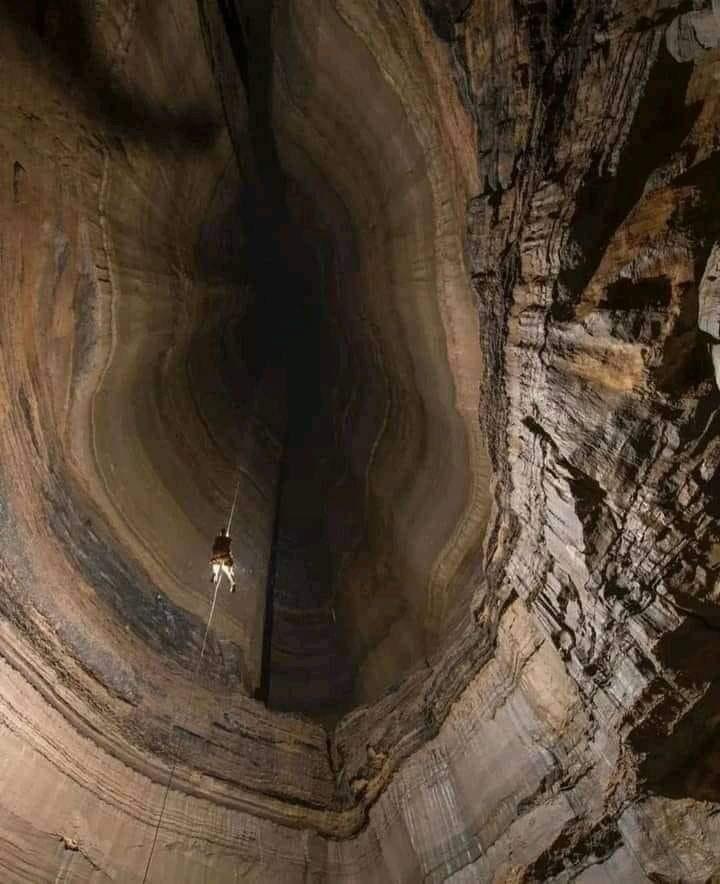
2. La Cueva de las Sombra (Mexico)
Also known as the Cave of Shadows, this is a maze-like cavern system famous for its vast network of narrow, pitch-black passages. Extreme caution is required to avoid getting lost.
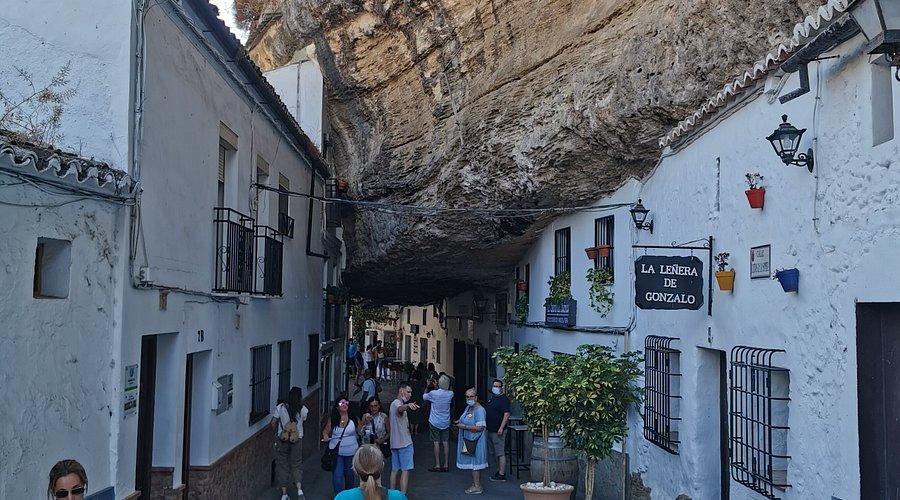
3. Devil’s Cave (USA)
Located in Kentucky, the Devil’s Cave is part of the Mammoth Cave National Park. It is notorious for its vast underground sections, tight tunnels, and unstable terrain that have led to multiple accidents over the years.
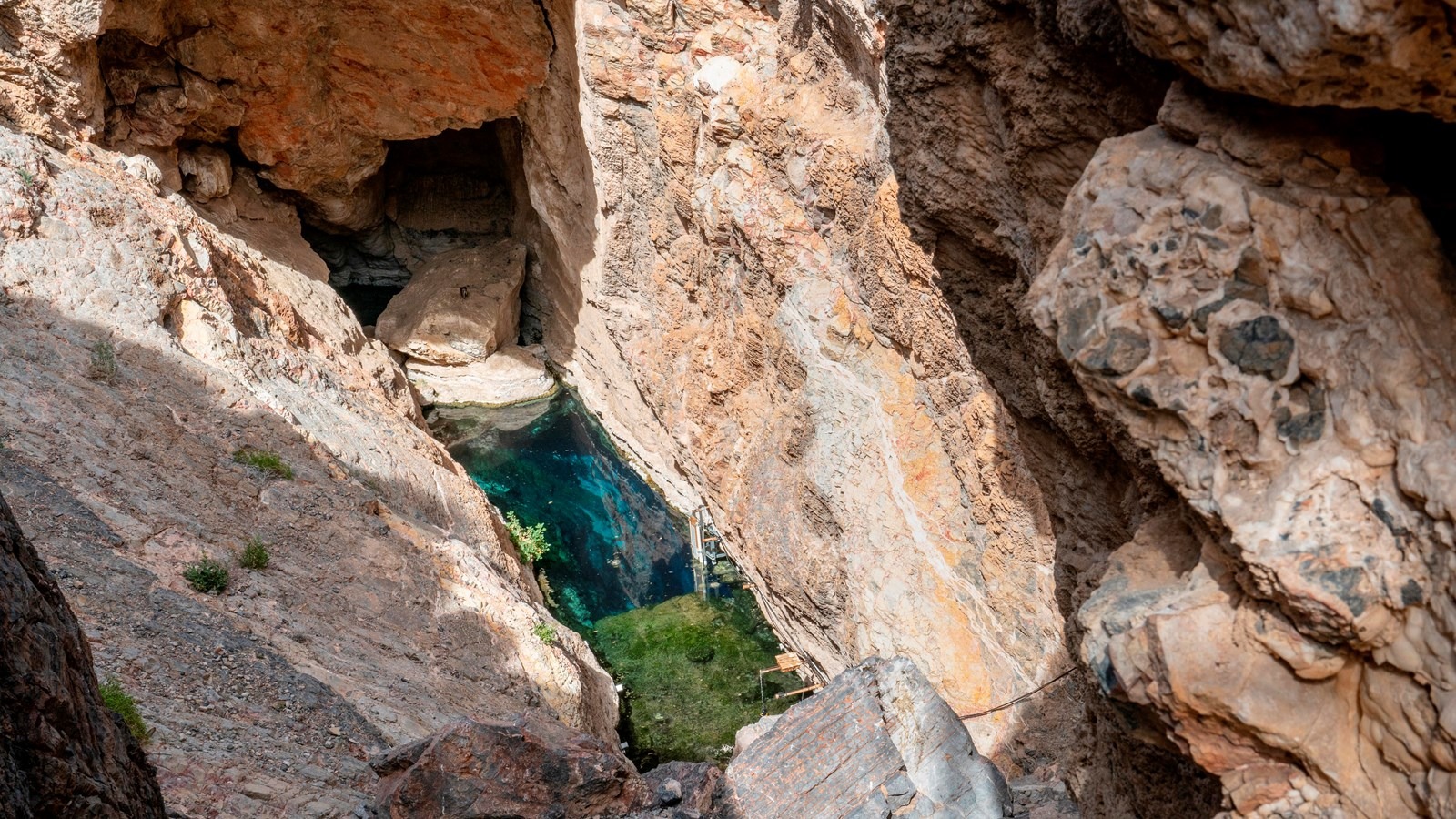
4. Cave of Swallows (Mexico)
This vertical cave is famous for its free-fall descent into darkness. While the view is breathtaking, it’s extremely hazardous due to the deep drop, slippery rocks, and frequent, unpredictable weather.
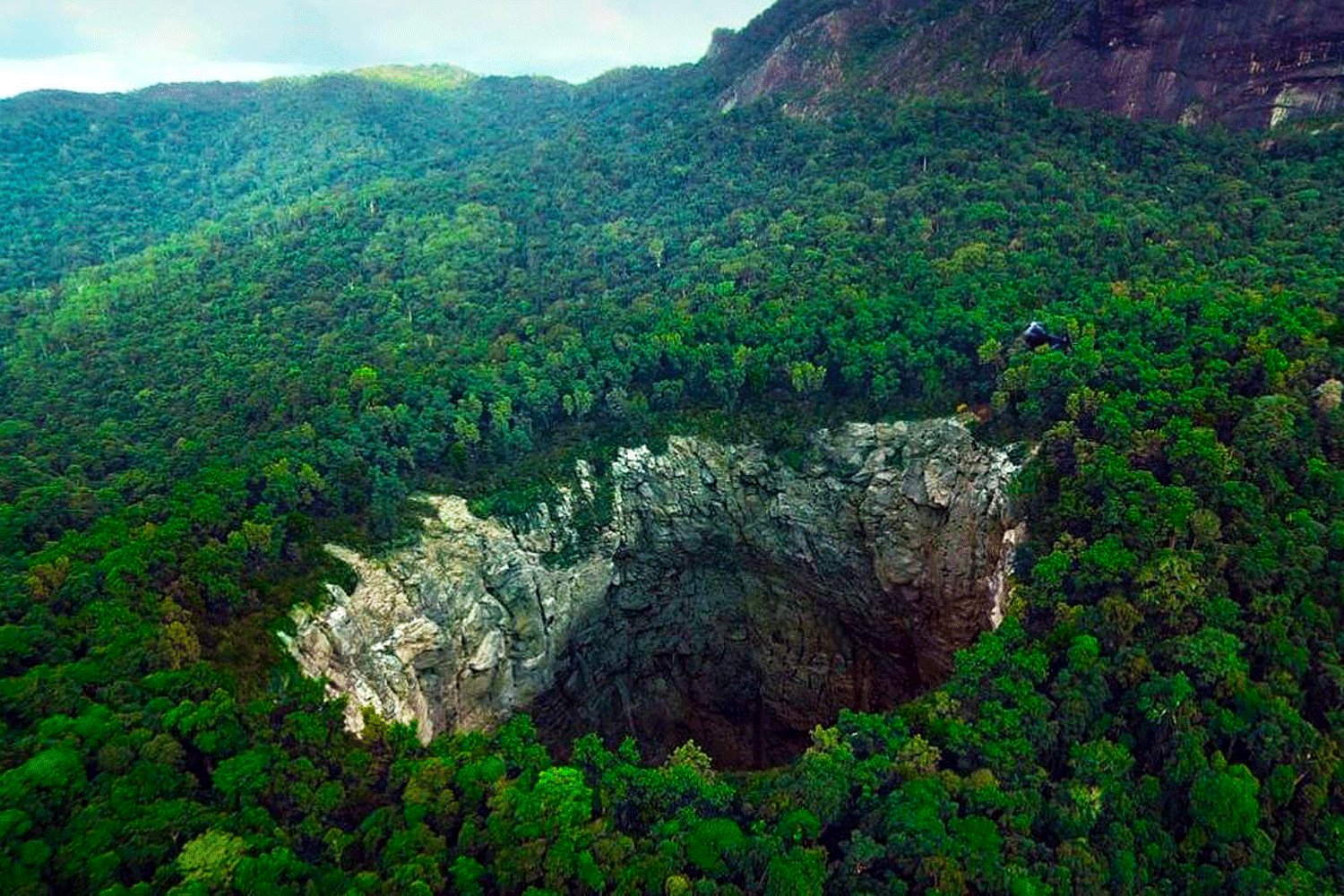
5. Mount Roraima Cave (Venezuela)
Deep within the iconic Mount Roraima in the Venezuelan jungle, the cave network is both remote and perilous, with steep walls and dangerous wildlife lurking in the shadows.
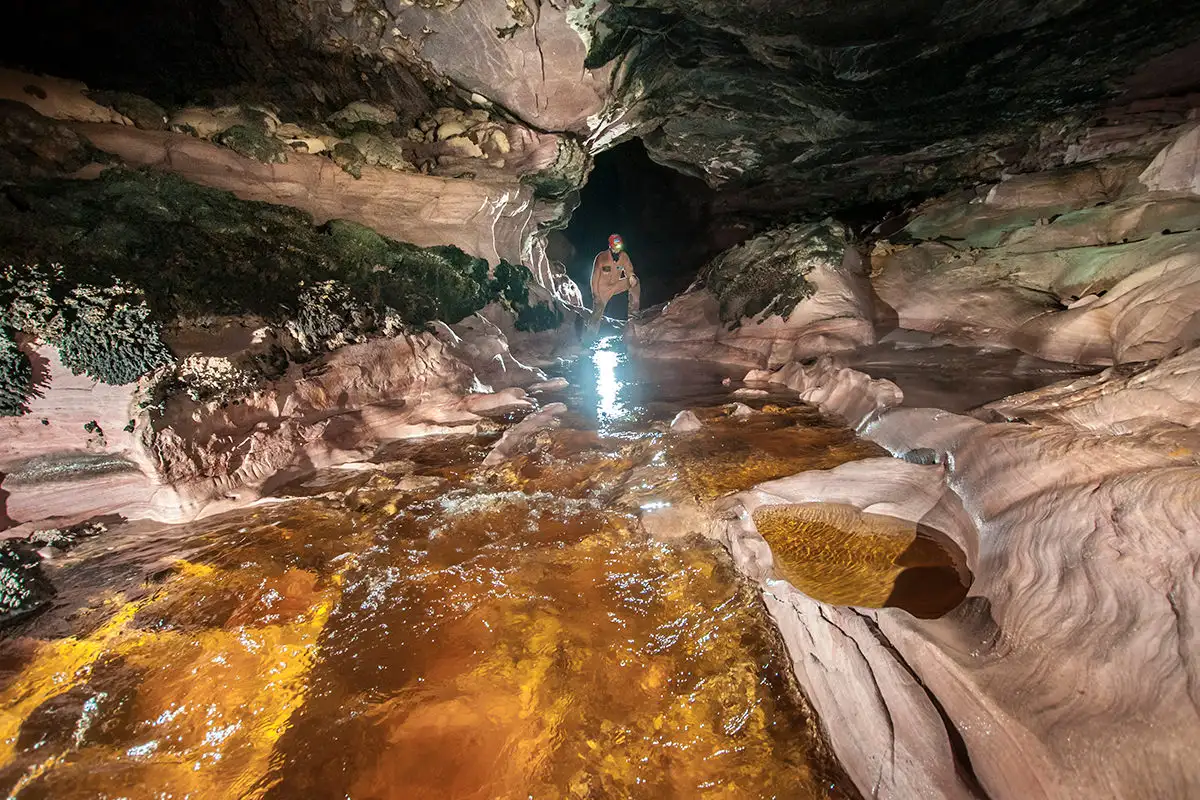
6. Sistema Huautla (Mexico)
The Sistema Huautla cave is one of the deepest caves in the Western Hemisphere. Its extreme vertical drops, in combination with frequent flooding, make this one of the most dangerous cave systems to explore.
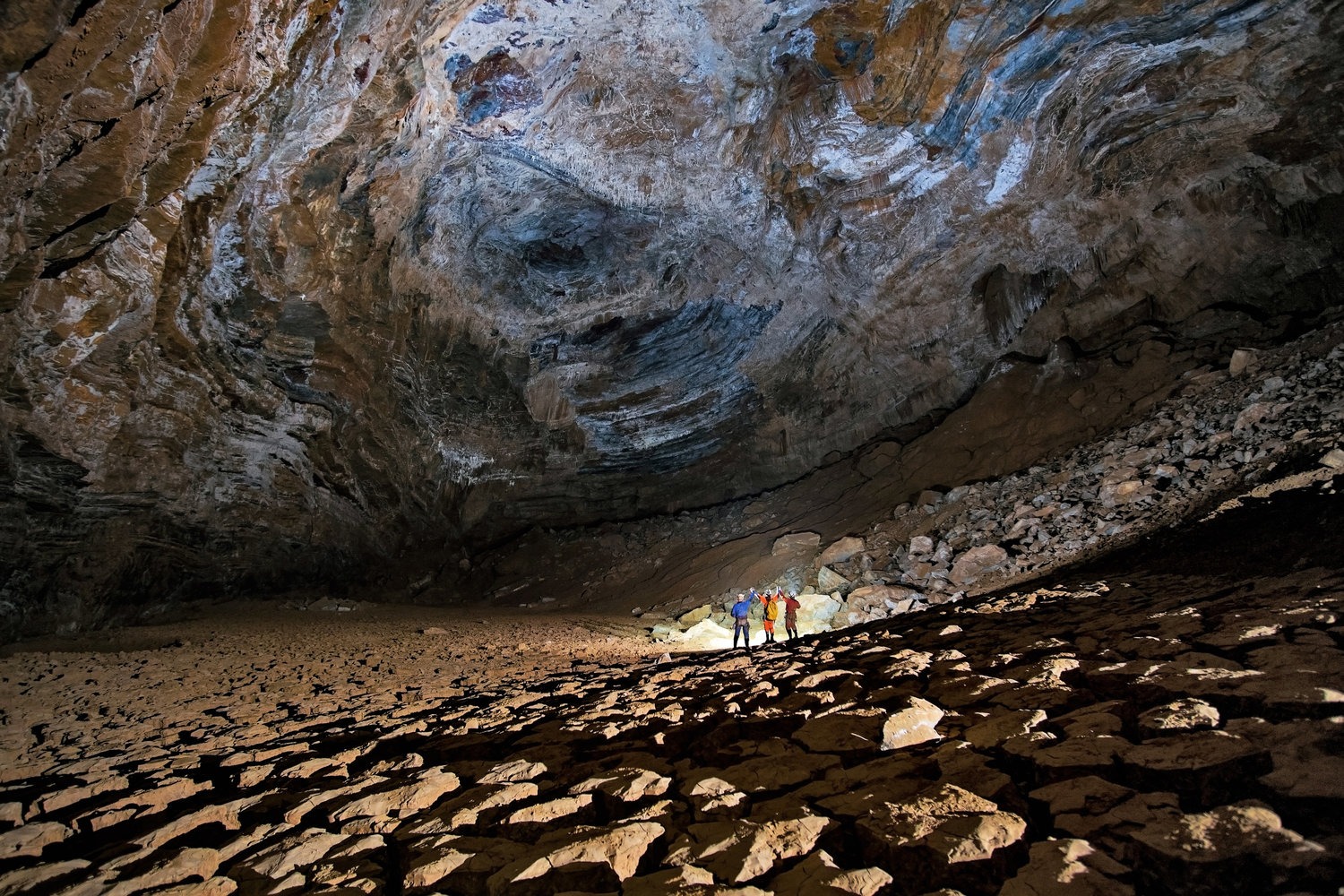
7. Cave of the Winds (USA)
Found in Colorado, this cave offers breathtaking views but also hides dangerous flooding conditions. Flash floods occur without warning, making it an unpredictable environment for even the most prepared explorers.
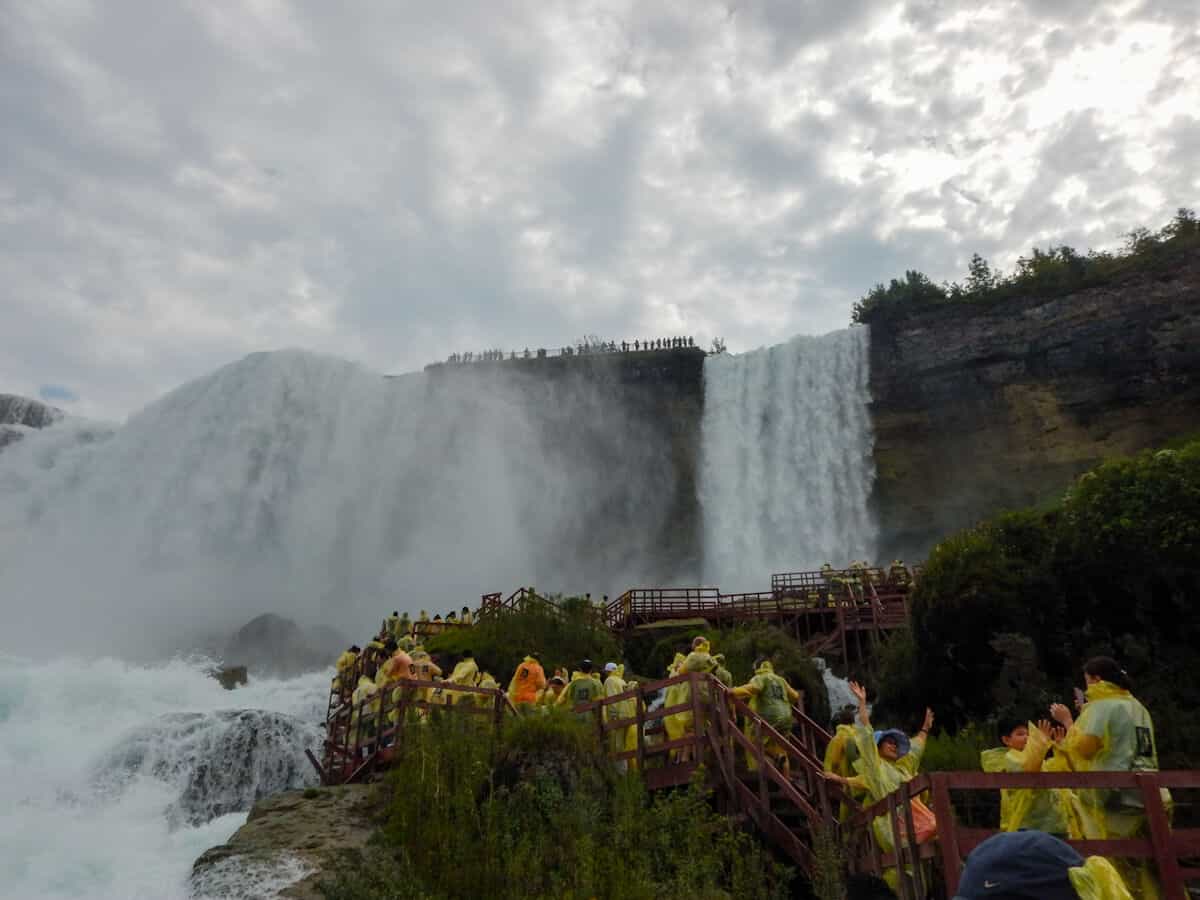
8. Postojna Cave (Slovenia)
Though often considered a popular tourist destination, parts of Postojna Cave are fraught with dangers, such as unstable rock formations and sudden flooding that can trap explorers.
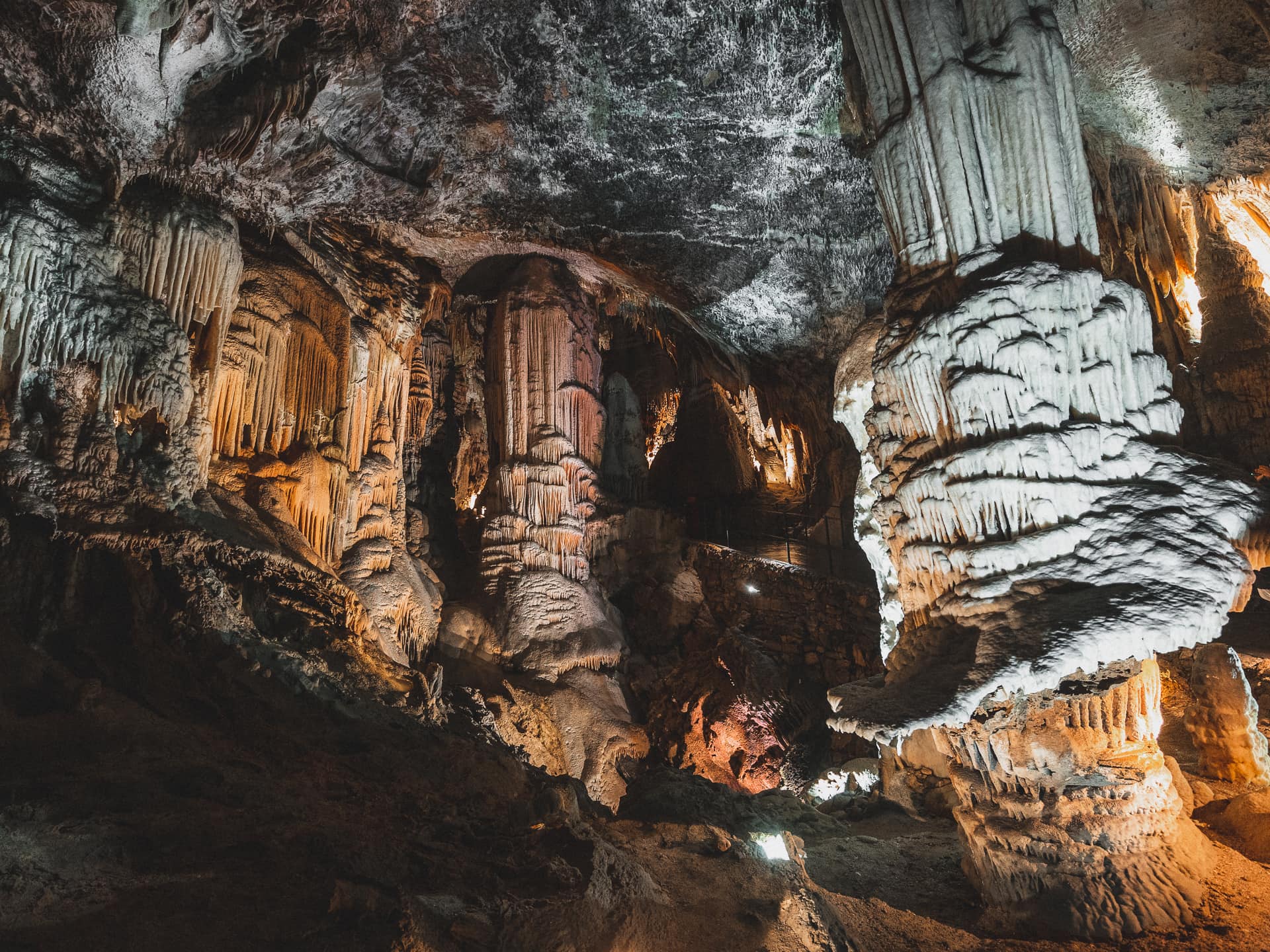
9. Naracoorte Caves (Australia)
A UNESCO World Heritage site, Naracoorte Caves are notorious for sudden collapses and unpredictable floods. Dangerous wildlife such as venomous spiders and snakes also lurk in certain areas.
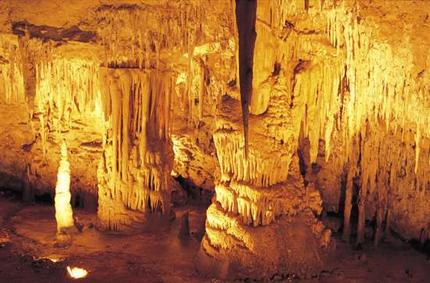
10. Jewel Cave (USA)
As one of the longest caves in the world, located in South Dakota, the uneven floor, sharp edges, and highly confined spaces are hazardous for non-expert cavers.
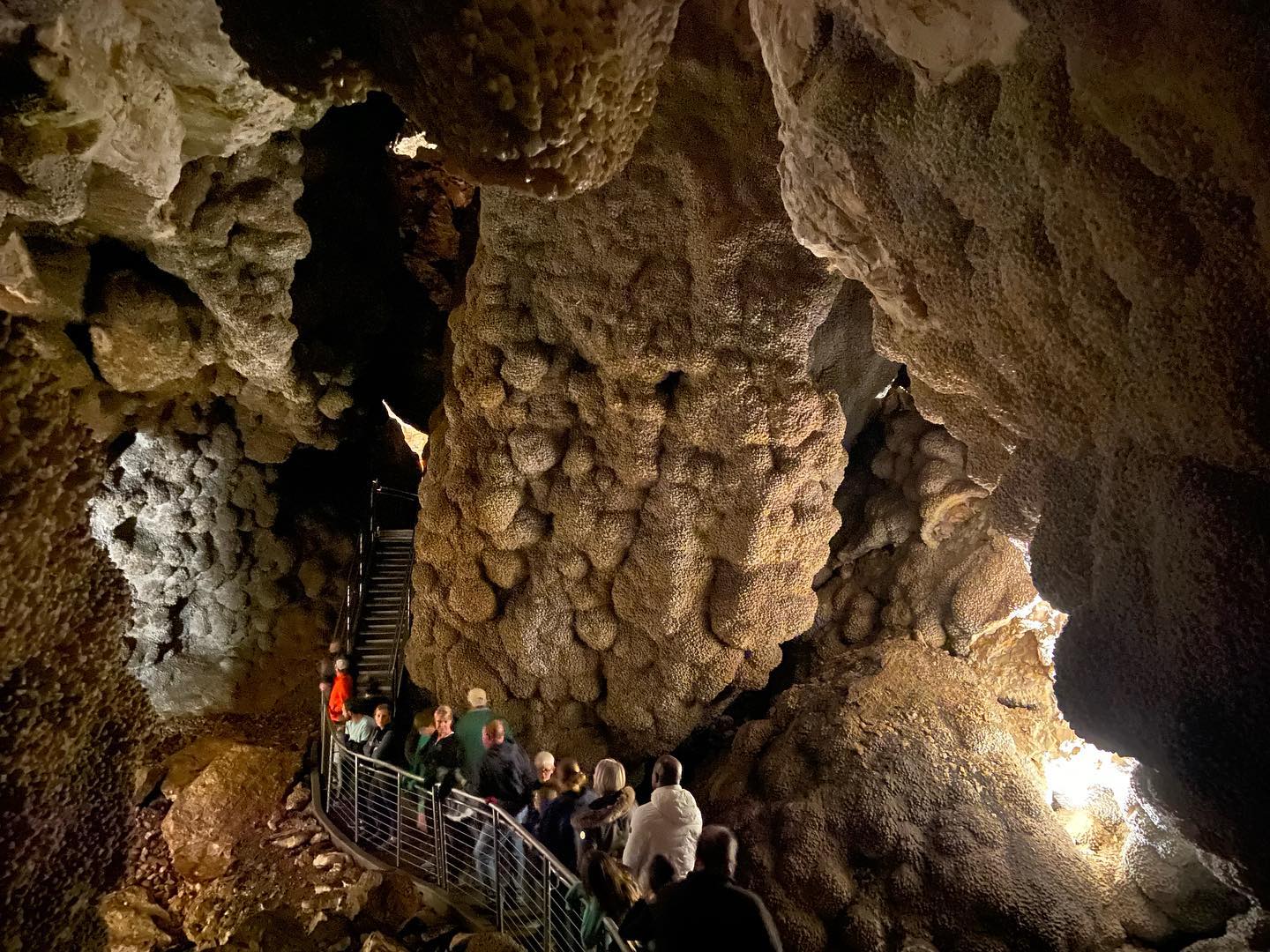
11. Carlsbad Caverns (USA)
With more than 119 caves in its system, Carlsbad Caverns is breathtaking yet dangerous. Its sharp stalagmites, sudden drop-offs, and challenging terrain can catch the unwary off guard.
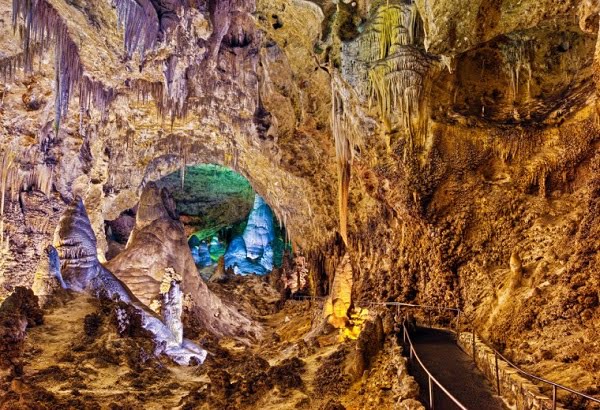
12. Shuanghe Cave (China)
With a total length of 238 kilometers, this cave features challenging underground rivers, labyrinthine passages, and eerie underground chambers that only skilled spelunkers should enter.
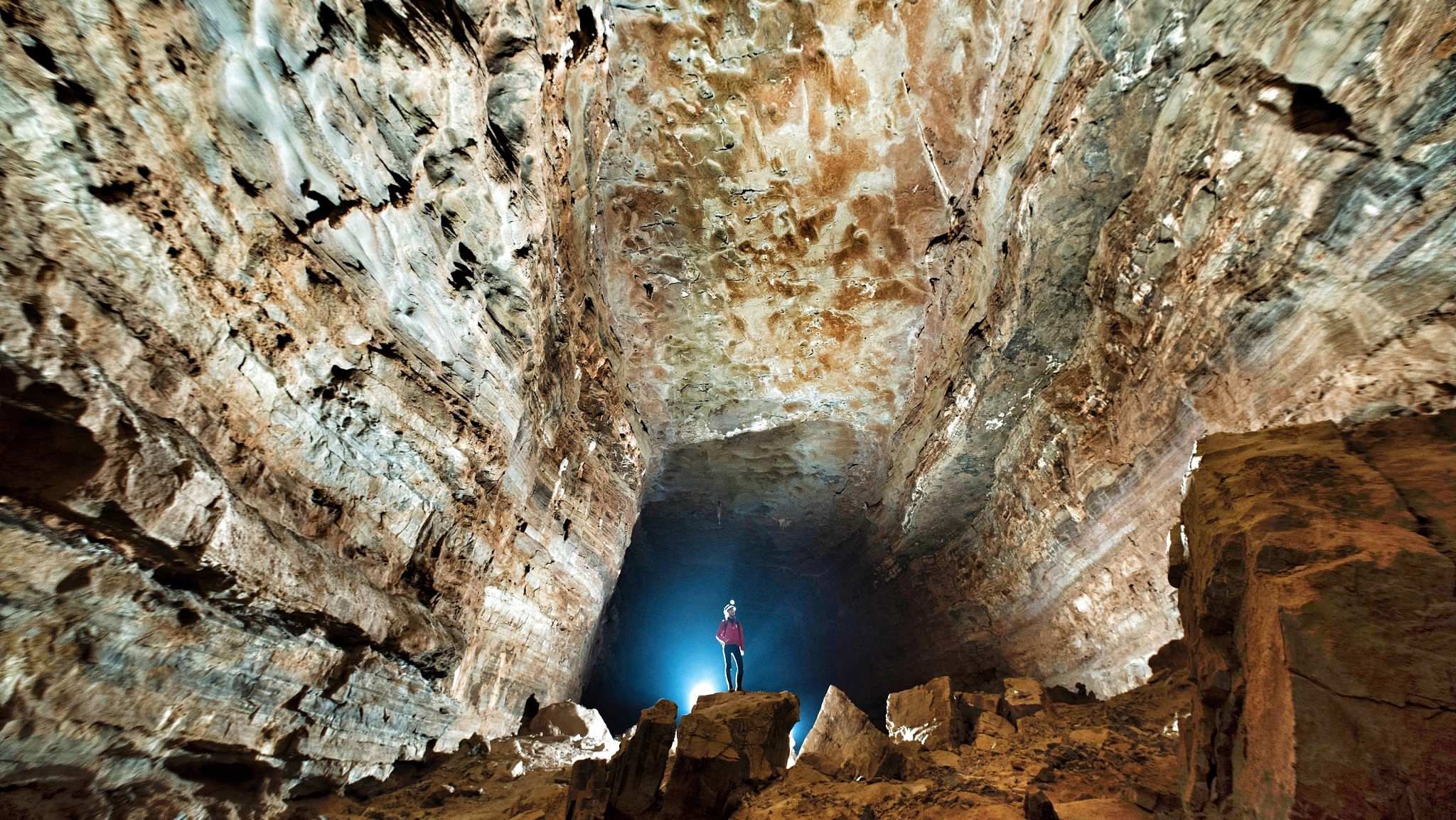
13. Cave of Lascaux (France)
Famous for its prehistoric cave paintings, Lascaux Cave’s unique and fragile environment, combined with the health hazards posed by the humidity and molds, make it dangerous to explore without proper equipment.
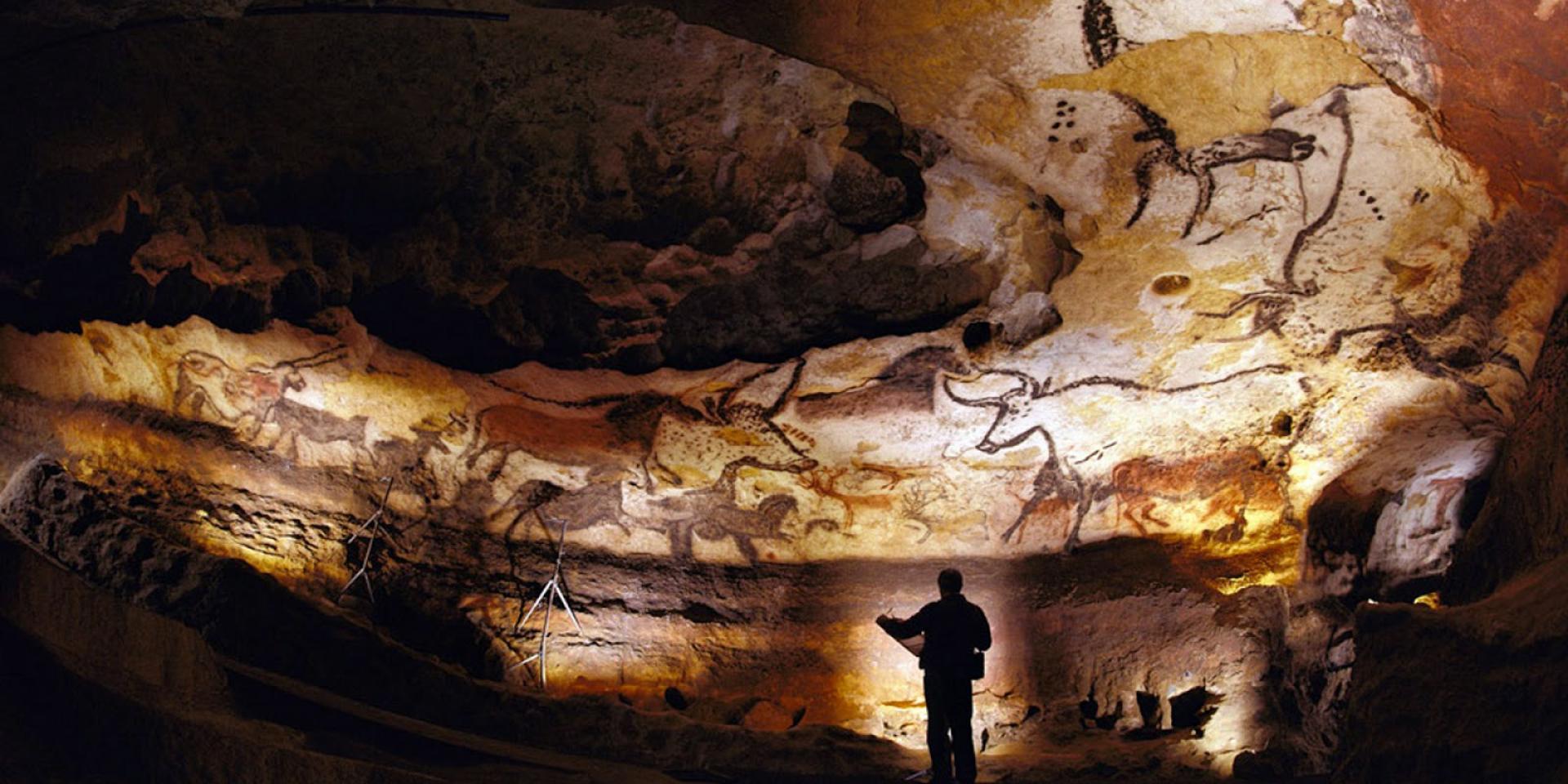
14. Lechuguilla Cave (USA)
This cave in New Mexico is known for its crystal formations and its extreme depths, but its maze-like layout and potential for sudden rockfalls make it a perilous place for exploration.
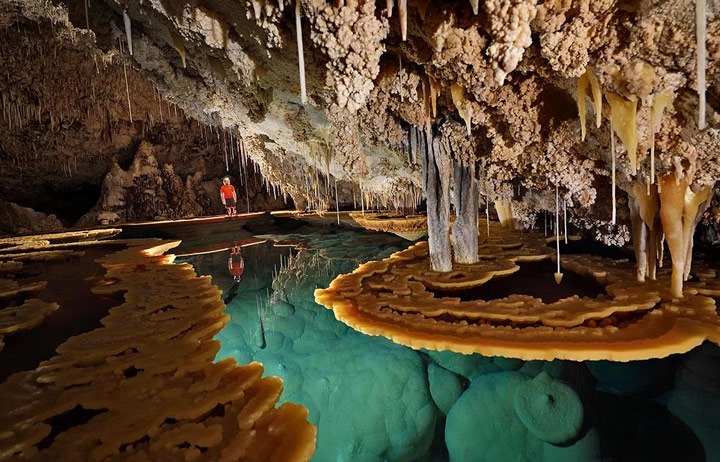
15. Sima de los Huesos (Spain)
This Spanish cave has yielded more fossilized human remains than any other site in Europe. However, its steep slopes and unstable rock walls present significant hazards to adventurers.
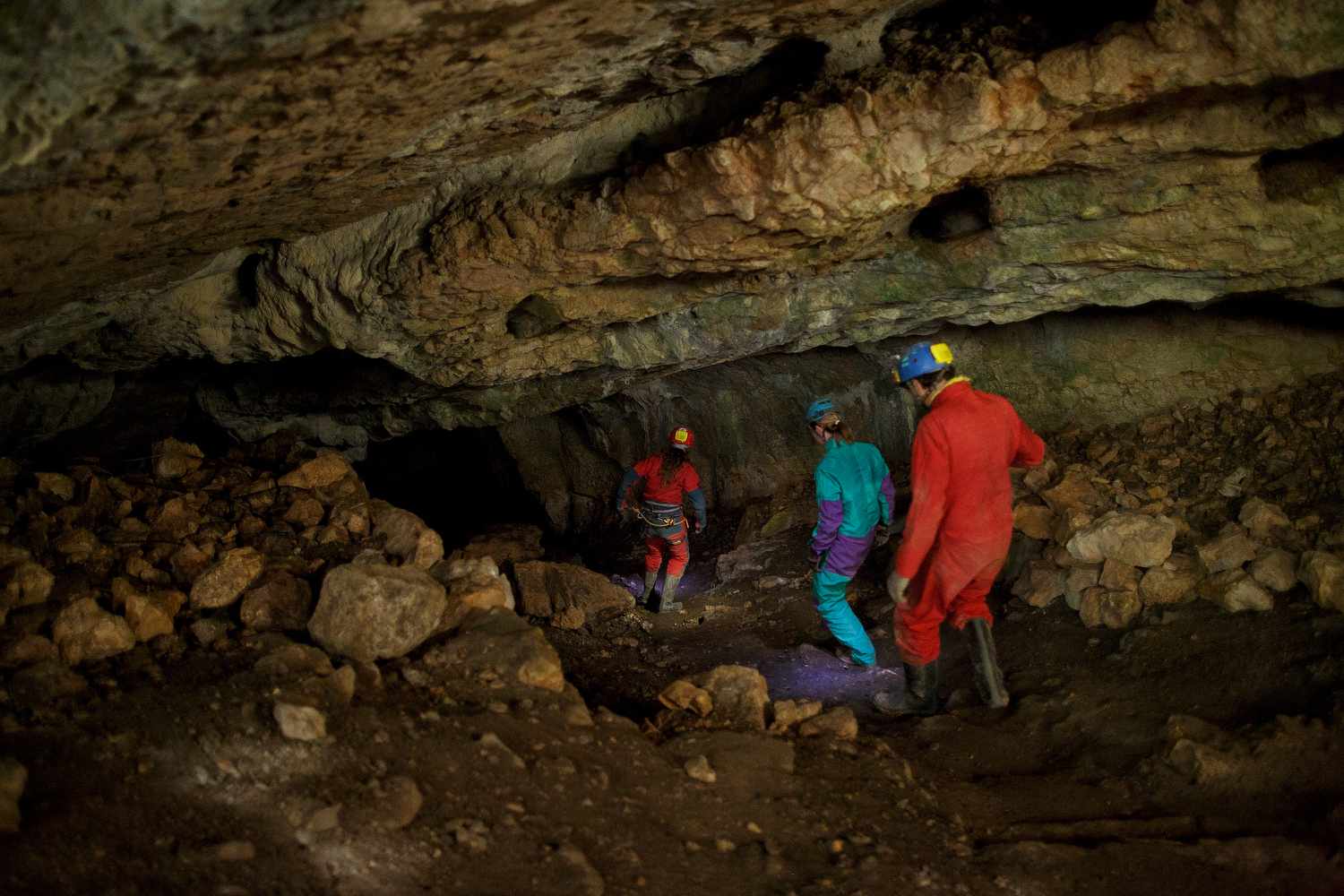
16. Cave of the Crystals (Mexico)
Found in the Naica Mine, this cave is home to some of the largest selenite crystals in the world, but its high temperatures, humid conditions, and toxic gases have made it one of the most dangerous places for humans.
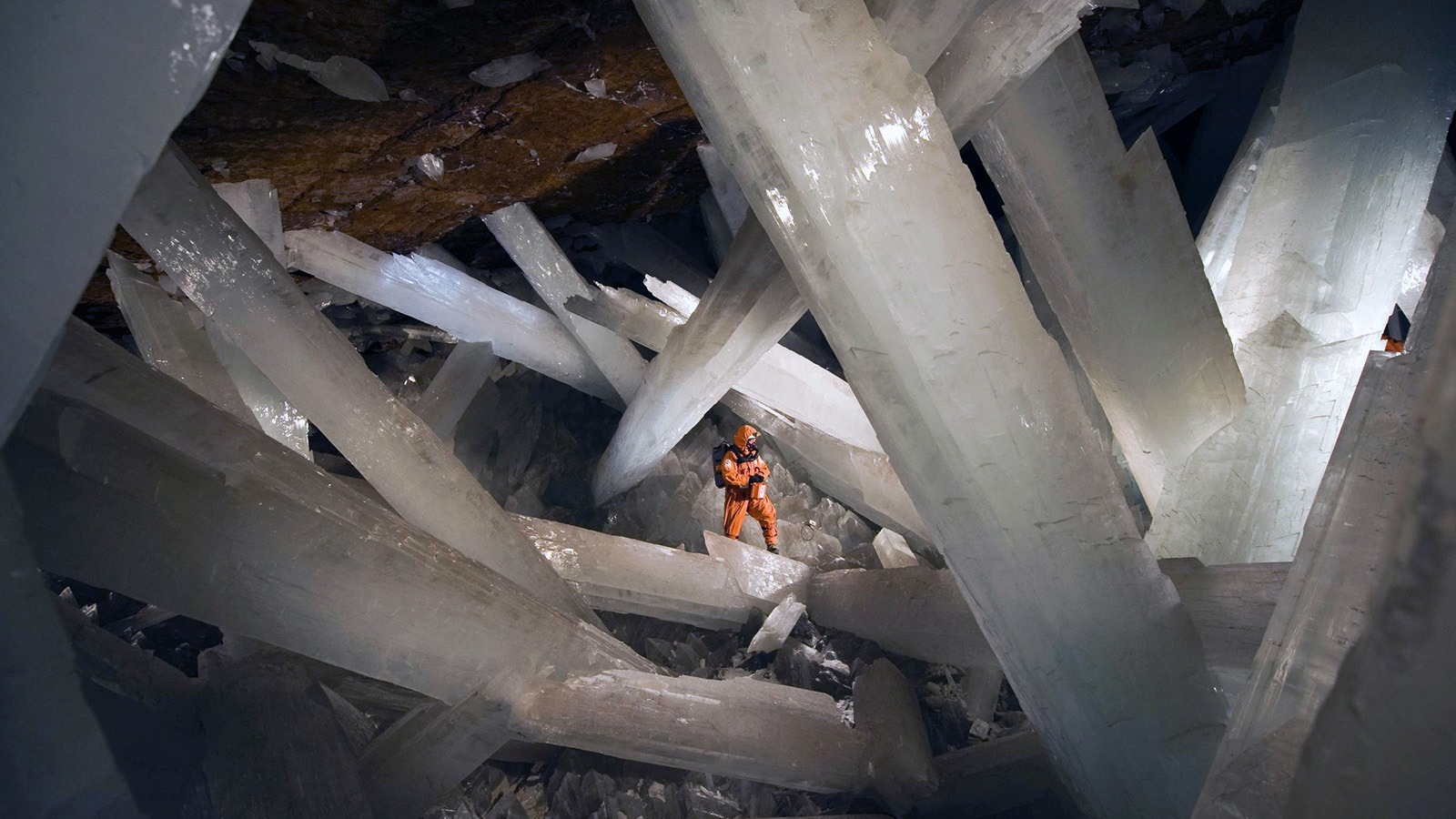
17. Mammoth Cave (USA)
While Mammoth Cave is accessible for casual tourists, the deeper sections pose immense risks due to collapse-prone areas, low oxygen, and tight passages only accessible with proper training.
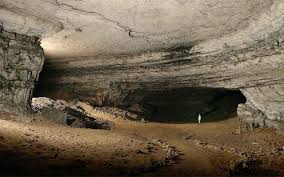
18. The Cave of the Seven Devils (USA)
Located in Idaho, this cave system gets its name from the challenges it presents, including steep, slippery slopes, vertical drops, and challenging climate conditions.

19. Waitomo Caves (New Zealand)
World-renowned for its glowworms, Waitomo Caves are treacherous because of their numerous narrow pathways, flooding risks, and potential for landslides, particularly in wet weather.
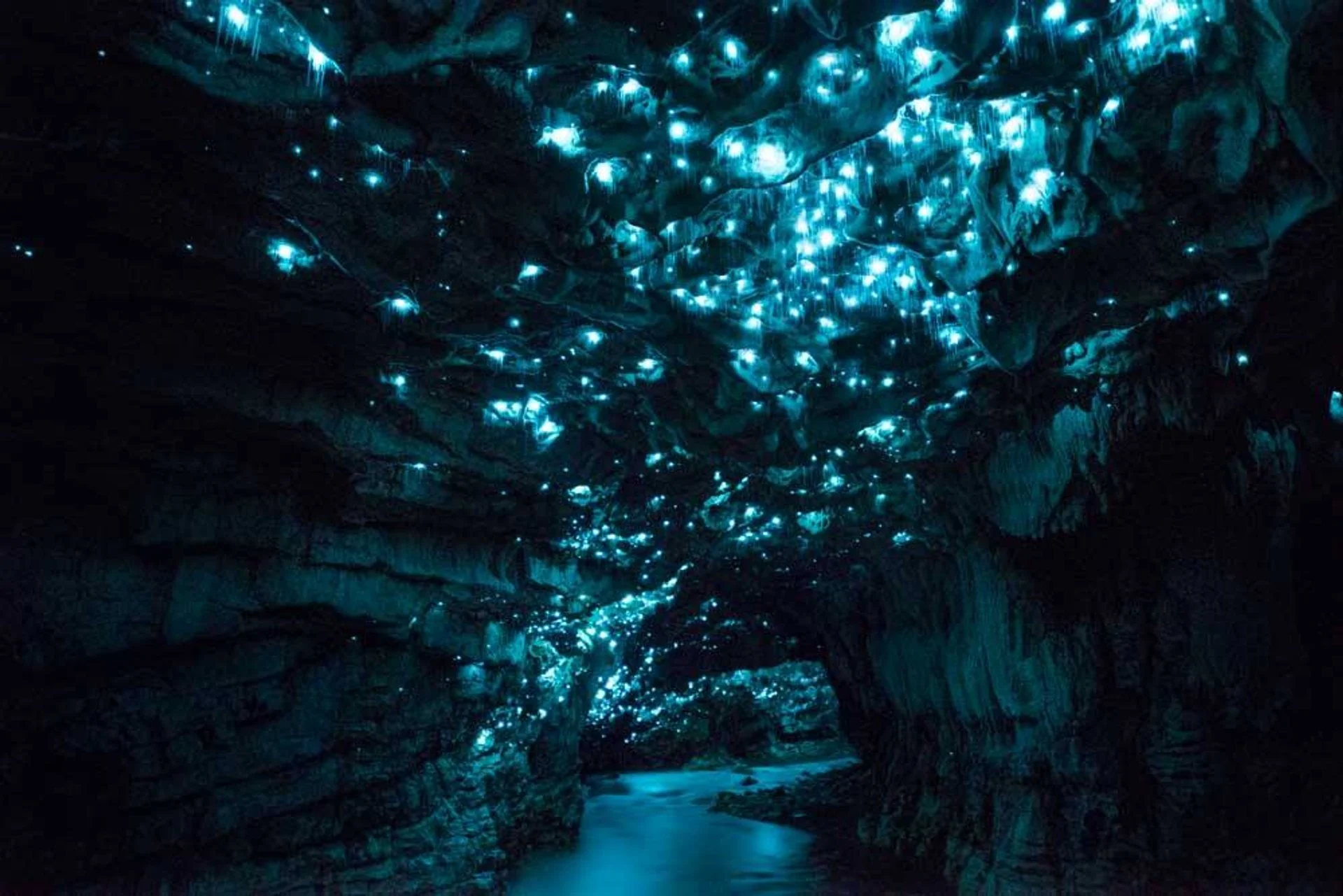
20. Cave of the Dead (China)
In a remote part of China, the Cave of the Dead is known for being an ancient burial site and its numerous dangerous rock formations and toxic environments that have caused fatalities over the years.
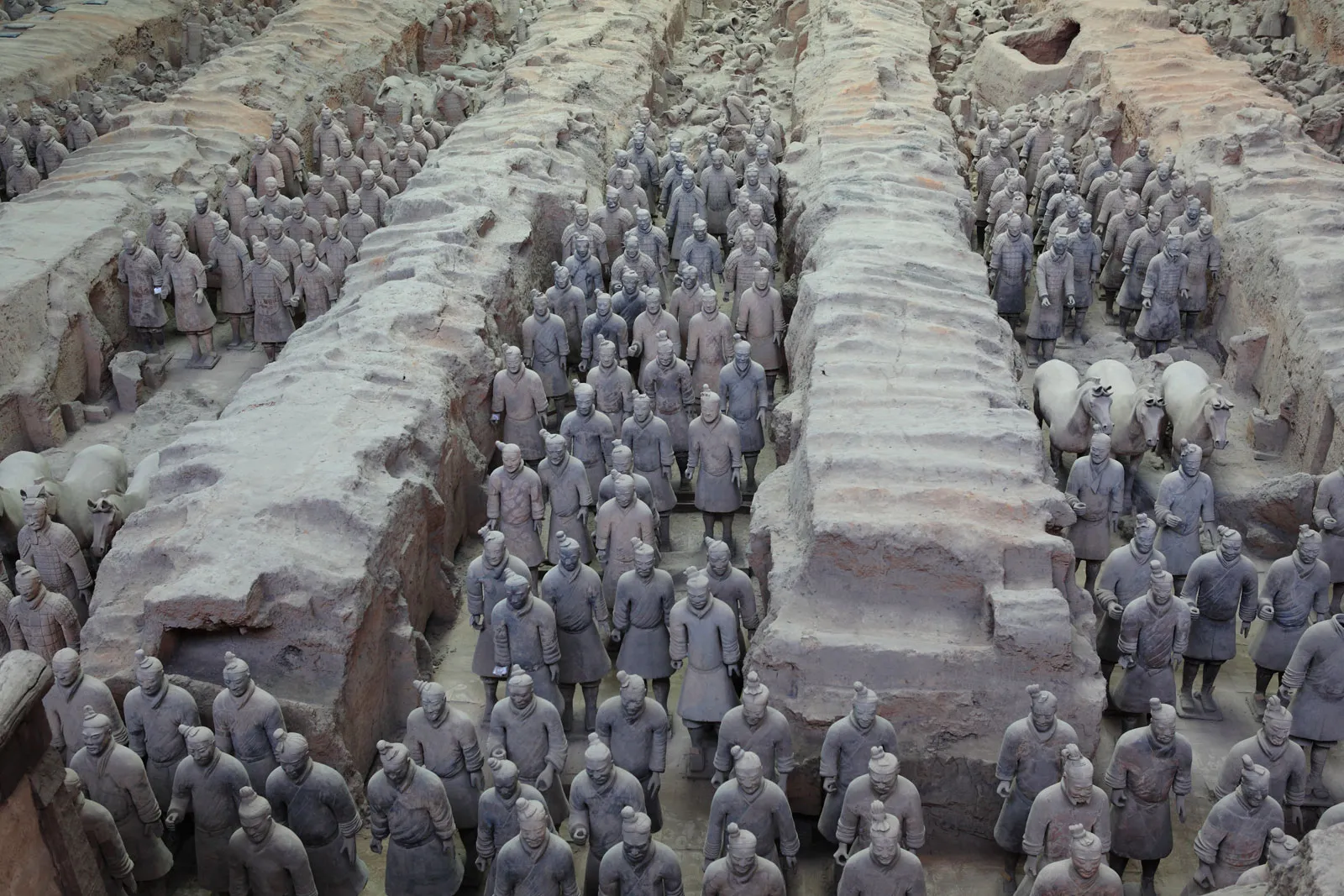
Exploring the world’s most dangerous caves requires the utmost caution and expertise. With hazards such as narrow passages, vertical drops, dangerous wildlife, toxic gases, and even unpredictable weather, only experienced cavers should attempt to navigate these caves. Whether for adventure or scientific discovery, the world’s dangerous caves remind us of the power and beauty of nature’s hidden realms.


